Is 2023 the Year of Streaming Relievers in Fantasy Baseball?
The league-wide run environment is a mess
Before we get started I wanted to mention that Twitter has recently made it very hard to grow this newsletter. Once Substack added their “notes” feature, Twitter began blocking Substack links from being shared in a tweet, and I can no longer embed tweets into my posts.
I’ve managed to find a workaround to get my articles on Twitter, but the interaction these tweets receive is way down. If you haven’t already, please subscribe (for free) at the below button. New articles will be emailed directly to your inbox, and I’ll be forever grateful. THANK YOU in advance to everyone who does so.
__________________________________________________________________________
I was already sick of the starting pitcher landscape entering this week. Too many (seemingly) reliable arms were getting hit hard throughout the first few weeks of the season. Streamers were being especially lit up.
So I decided enough was enough. I inserted both Jose Alvarado and Aroldis Chapman into my 9-pitcher weekly roto lineup (saves only). I talked up both guys over on Patreon at the start of this year - thinking they were dark horse save candidates based on the early skills they were flashing. Alvarado is now seeing 9th inning chances, but that wasn’t even what this decision was about. I just wanted to protect my ratios a bit. So Alvarado and Chapman were in, as was Emmanuel Clase, and I even considered a fourth reliever.
Not wanting to fall too far behind in strikeouts, I started my “stud” SPs, as well as Chris Sale and Kyle Bradish. Here were their lines:
Sale: 5 IP, 9 H, 5 ER, 0:1 K:BB in Baltimore (zero strikeouts!!!)
Bradish: 2 1/3 IP, 8 H, 7 ER, 1:4 K:BB vs Boston
Sigh. Sale was coming off an 11-strikeout performance and pitching in a great park while Bradish had a 2-start week, though maybe this weekend’s matchup against the Tigers will go better.
Regardless, these are just two examples of how tricky it has been to navigate pitching in 2023 fantasy baseball leagues.
League-wide Run Environment
It isn’t your imagination. Pitchers are being hit hard this season:
Those 2023 ERA and WHIP numbers aren’t pretty, but they don’t seem to be that awful? While true, that’s when comparing them to every year since the Juiced Ball Era began in 2015. The difference becomes stark when looking at this season in relation to just last year, which was one of the lowest run-scoring environments in recent memory.
And then things look even worse when looking at these numbers for just starting pitchers:
This is where pitching is really taking a beating this year. Starters have basically performed as poorly as they did in 2017 and 2019, which were two of the heights of the Juiced Ball Era (as defined by HR/FB%):
And that’s where this story takes another turn. While pitching was rough in 2019, it was largely due to a league-wide increase in homers. The ball was juiced, or incorrectly manufactured. Either way, the affect we saw was less drag on the baseball, which led to the ball carrying further.
A league-wide increase in opposite field homers meant that seemingly anyone was able to hit 20. But when you look at the above image the ball doesn’t seem to be the issue this time. A muted (compared to 2017, ‘19, ‘20) HR/FB% backs up the idea that it isn’t the ball this year. So why are starting pitchers struggling so badly?
Rule Changes
I’m not going to spend as much time on this section as I’d like to. The reason is that, at this exact moment, I’m more interested in understanding the league-wide run environment (to help our fantasy rosters) more than I’m looking to find out why things have shifted so drastically. I’m also pretty certain people smarter than me are about to investigate this further.
But I feel it’s reasonable to think the combination of all the rule changes is what to point to. We’re several years beyond the COVID-shortened season now. There wasn’t a lockout this offseason. And the ball seems relatively normal. So what’s different about 2023?
Well, we introduced a pitch clock, pickoff limits, larger bases, and a shift ban all at once. Add in an unseasonably warmer month of April and there are a multitude of factors leading to a bump in offense. I’m not sure which of these factors is most at fault, but it’s a lot working against pitchers all at once.
The only other thing I want to add about the pitch clock is that it isn’t just the time between pitches where a starter can’t recover his energy - it’s also the time between innings. Let’s say a starting pitcher has a tiring 35-pitch inning, and then his team’s lineup goes down 1-2-3 in just a few minutes. That tired starter is now coming right back out to work again.
Anyways, there will be plenty of time to eventually figure out why all this is happening. What matters right now is that it’s happening at all, and what do about it for fantasy…
More Relievers?
Interestingly, relief pitchers aren’t having as much trouble as starters this season. As a whole, they aren’t as good as they were in 2022, but when compared to 2019 and 2020, things are much better comparatively.
Perhaps this backs up the idea that starters are struggling with fatigue. Relievers typically only throw one inning at a time. And they’re nasty these days. If hitters aren’t reaching base against them, then there’s less of a chance they can take advantage of the new stolen base rules. In general, though, I think the difference is more that relievers are sooooo good right now.
And that’s why I’m wanting to consider more of them in my lineups moving forward. Most drafts have already taken place. If you loaded up on starting pitching early, then there isn’t a ton that can be done about that now.
It’s also unlikely we would’ve known how to attack things even if we knew this run environment would be happening. If you skipped out on starting pitcher early, then you missed out on Spencer Strider and Gerrit Cole. Those guys might be some of the most valuable players in fantasy this season, similar to how we saw Cole and Justin Verlander carry teams in 2019. On the flip side, Julio Urias, Sandy Alcantara, and Alek Manoah have been hurting fantasy managers. It would’ve been too hard to know ahead of time which SPs were landmines and which were goldmines, and where that cutoff would’ve been.
The other thing about punting starters in drafts would’ve been that, unless you nailed Zac Gallen in the middle rounds, you’d be forced to rely on streamers and lower-end arms, and that also would’ve been a disaster.
This is because there’s only so many relievers you can start in a traditional, weekly roto league. Unless someone is willing to entirely punt strikeouts and wins, then you still need a SP base to build up those categories. The goal, then, becomes to be average in wins and Ks, and above average in saves, ERA, and WHIP.
As evidenced with my Sale/Bradish example, that’s easier said than done.
So what to do? Here’s my 3-step plan:
Build up a bench full of starters so that I can be extremely picky with my 4-6 weekly SP choices.
Add high-end “ratio RPs.” Alvarado was the perfect example of this early in the year, and now he’s getting saves. I’m still very into Chapman as well. Other examples who might be available include Michael King, Bryan Abreu, and Yennier Cano. Lower-end possibilities are Kutter Crawford, Bryan Baker, and Nick Anderson.
Try to find that balance of protecting ratios with RPs, and securing enough starting pitcher volume to not fall too far behind in strikeouts (another reason high K/9 relievers are underrated investments).
In my recent piece “Does Jorge Mateo Have Round 1 Fantasy Baseball Upside?” I suggested that fantasy managers open their minds to new possibilities in this current era of baseball. That includes the possibility that Mateo swipes 70 bases and provides first-round value. It also means we might have to adjust our pitching plans on the fly.
Once again - Welcome to 2023 fantasy baseball.




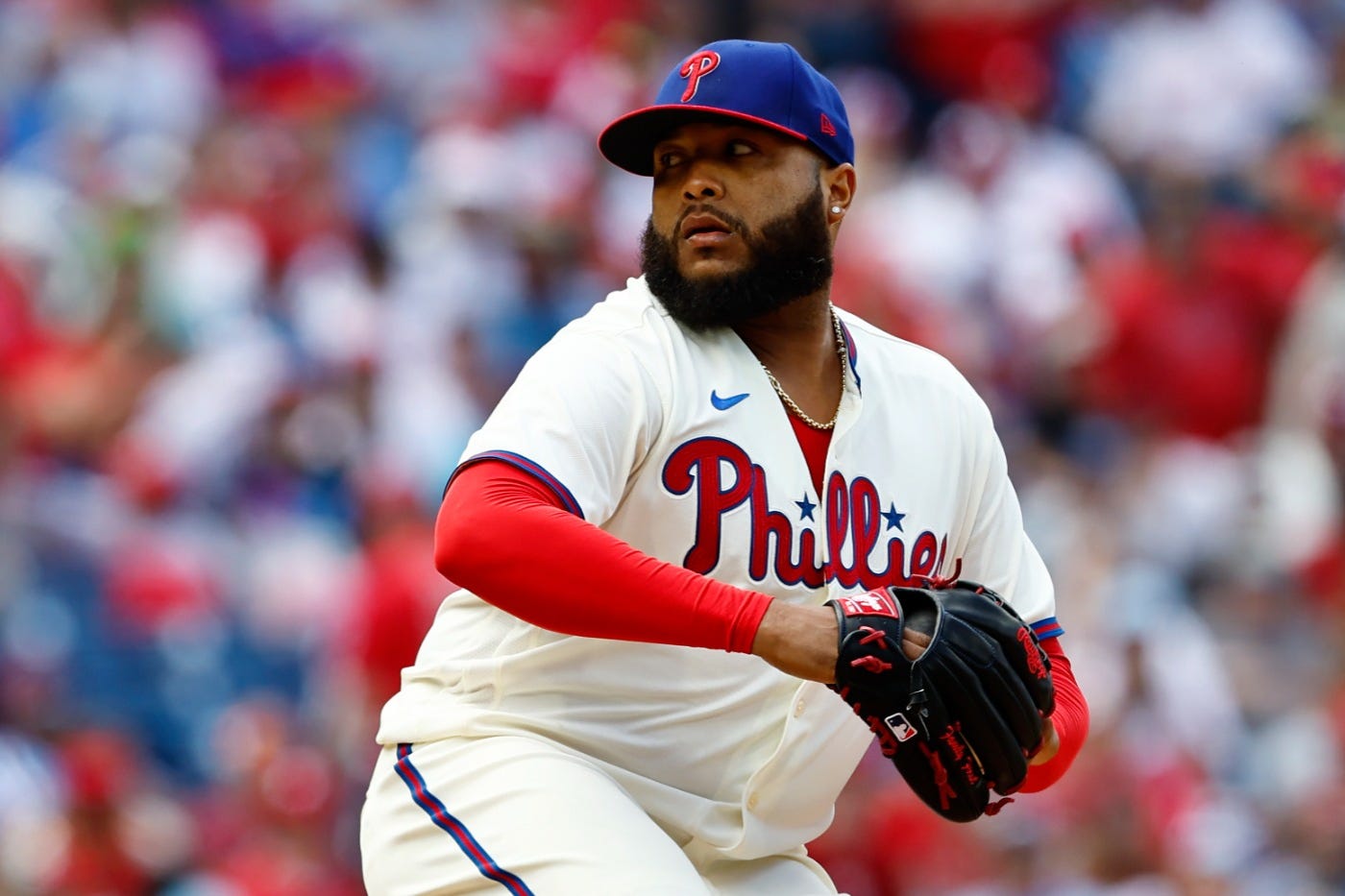
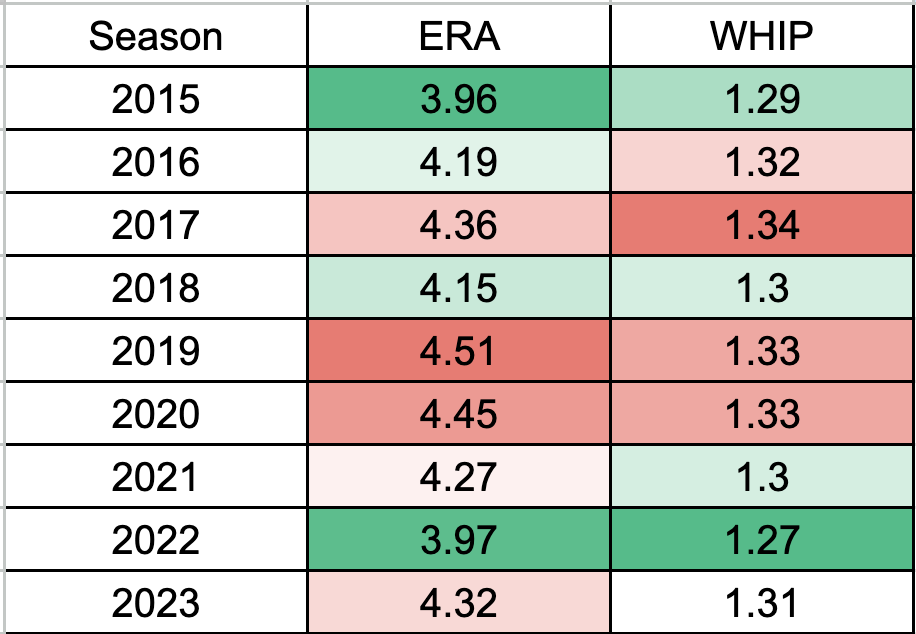
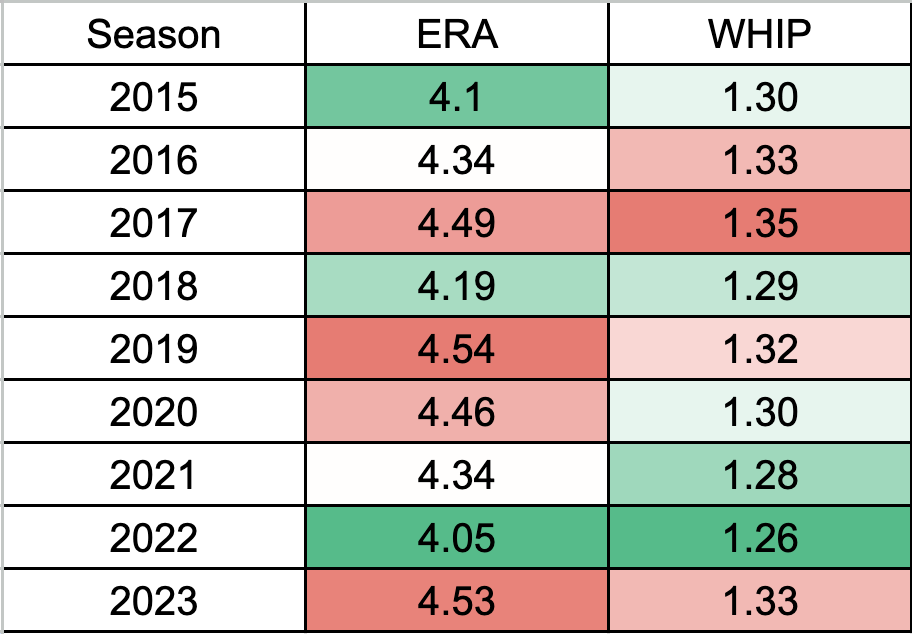
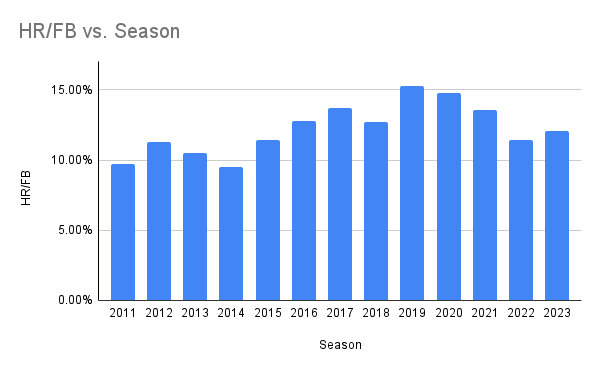
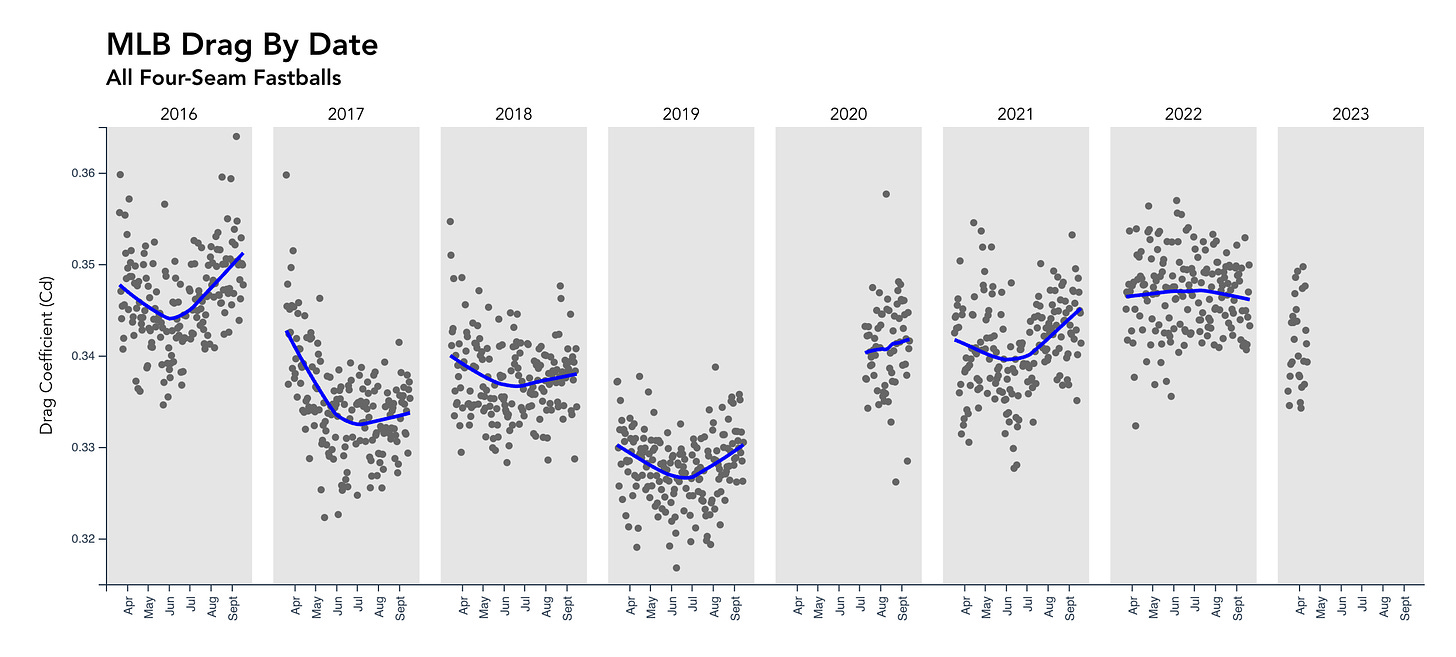
SVH league (dynasty) - rank these to own: Pearson, Brash, Alzolay, Estevez, Stephan. Thank you! :)